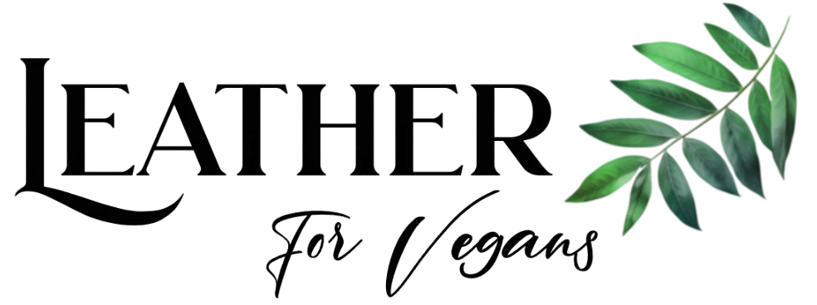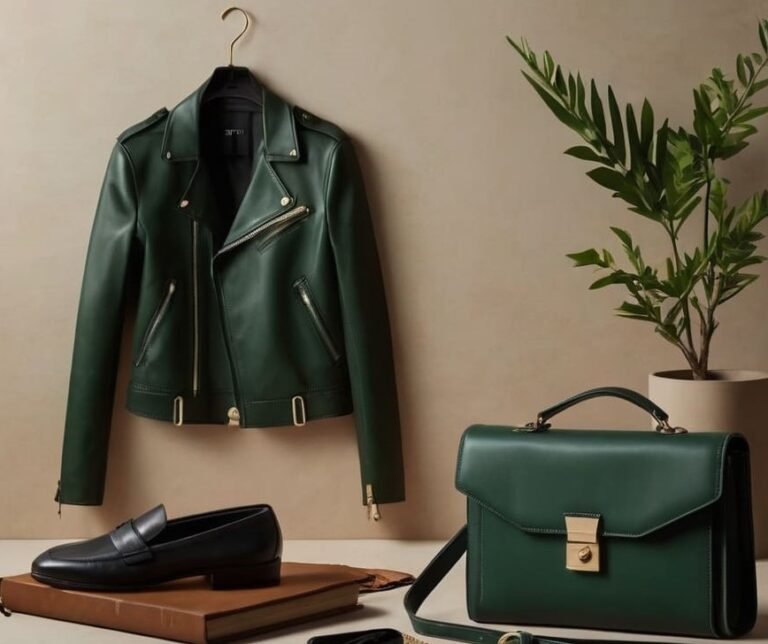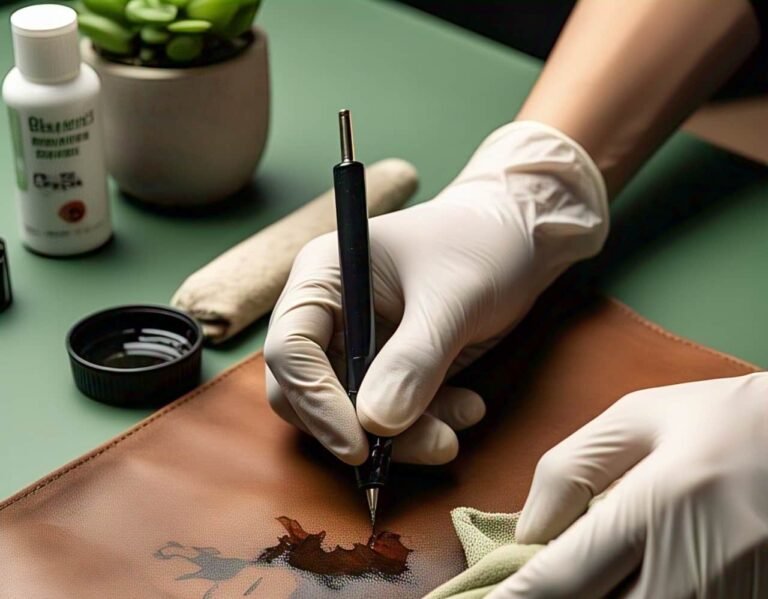Faux leather Vs Vegan Leather – Which One Should You Choose
Nowadays, the world is liking eco-friendly and cruelty-free things, and the era of real leather is slowly coming to an end. Earlier people considered only real leather as premium, but now people have started to understand that the manufacturing process of leather is completely different. On one hand, the animal is sacrificed, on top of that the environment is also harmed. So people started looking for alternatives such as faux leather and vegan leather.
Both of these are alternatives to real leather, but the basic principle of both are different. Faux leather is plastic-based, and vegan leather is made from plant-based or eco-friendly materials.
If you are confused which is better, faux or vegan leather? Then don’t worry, This article will completely break down its sustainability, durability, price, and what is the future perspective.
What is Faux Leather? Looks Like Real Leather
The material called faux leather is a fake version of real leather. This leather is made from plastic and synthetic materials, and looks like real leather, but it is not real!
What is the material? – It is made from polyurethane (PU) or polyvinyl chloride (PVC). That means, it is not real animal leather, but chemical stuff.
Why was it made? – Real leather is expensive and people get emotional because of animal skin. So people thought, let’s make a cheap alternative which looks like that!
How is it made? – By mixing plastic and fabric, a texture and design like real leather is applied on it.
How does it look and feel? – At first glance it looks like real leather, but if you touch it, you will realize that it feels a little plasticky!
How is the durability? – It moves well, but it starts getting worn out quickly as compared to real leather. Cracks and peeling are seen with time.
Friendship with water? – Yes, it is a little more water-resistant than real leather, but it is not completely waterproof. If too much water is applied, it can get washed away!
How is it for the environment? – This scene is a bit different! It does not harm animals, but it is made from plastic and chemicals which increase pollution!
What is Vegan Leather? – Absolutely Natural And Eco-friendly
By the name itself, it can be understood that it is absolutely free from animals! It is made from absolutely plant-based or recycled material. Meaning, absolutely nature-friendly and guilt-free leather!
What is the material? – The material of vegan leather is made from pineapple leaves, mushrooms, apple peels, cork, and recycled plastics. Meaning, absolutely plant-based or eco-friendly material!
Why was it made? – So that the pollution and cruelty of the leather industry is reduced! Both nature and animals should be safe!
How is it made? – By compressing different plant fibers or recycled materials, it is given the texture and look of leather! Like mushroom fibers are used in mushroom leather, and fruit leaves in pineapple leather!
How does it look and feel? – It depends on which material it is made from. Mushroom leather looks exactly like real leather, and apple leather feels absolutely smooth and premium!
How is the durability? – This is also of high quality, and has a chance of lasting more than faux leather.
Friendship with water? – Mostly it is water-resistant, and some are even completely waterproof!
How is it for the environment? – Best option! It will reduce pollution, and will not become an enemy of nature! It can also be biodegradable or recyclable!
Faux Leather vs Vegan Leather – What Is The Difference Between The Two?
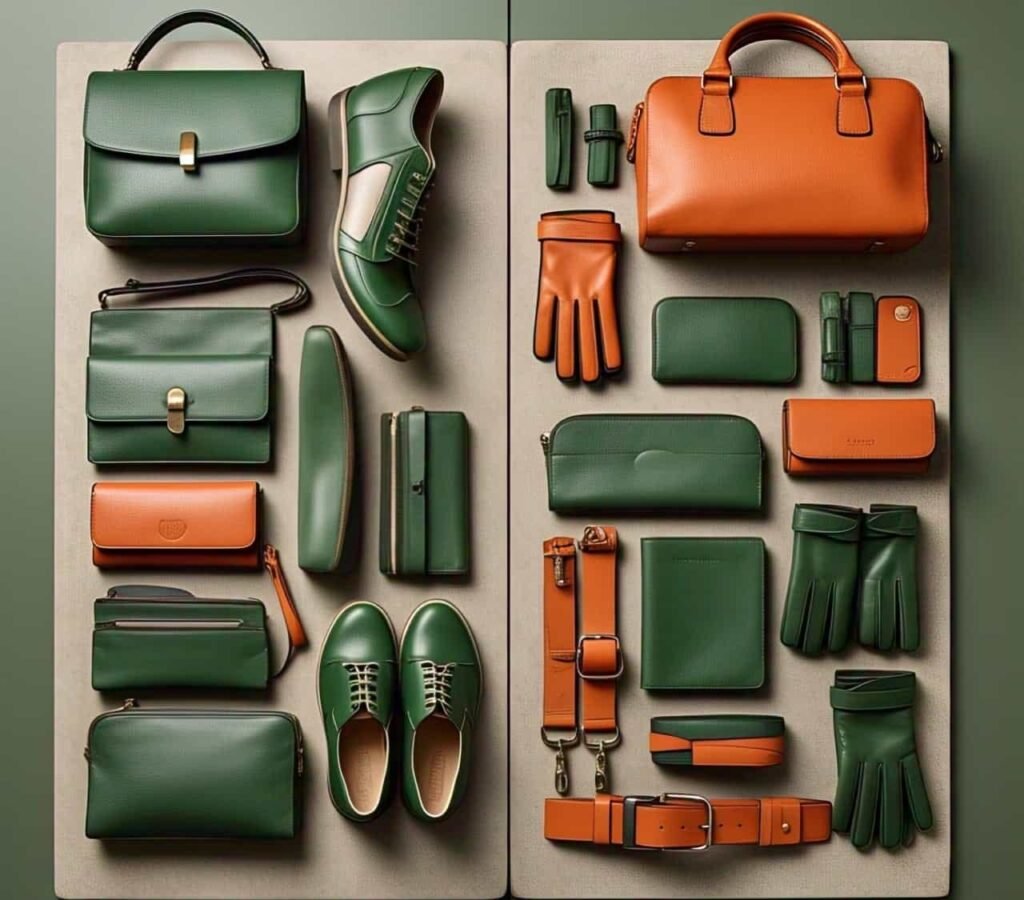
Now, see the real comparison, so that you know what your style is!
1. Material:
- Faux Leather – Plastic-Based (PU, PVC)
- Vegan Leather – Plant-based or recycled materials
2. Feel and Looks:
- Faux Leather – Plasticky and synthetic feel, but copy version of real leather
- Vegan Leather – More natural and soft, eco-friendly alternative to real leather
3. Durability and Life:
- Faux Leather – Starts to get fat quickly, there is a peeling issue
- Vegan Leather – More strong and long-lasting, depends on which material it is made of
4. Water-resistant?
- Faux Leather – Water-resistant, but not waterproof
- Vegan Leather – Some options are waterproof, and have better resistance
5. Nature and Environment:
- Faux Leather – Pollution increases, because plastic and chemicals are used
- Vegan Leather – Eco-friendly option, best for both nature and animals
Final thing – What should you choose?
If you are only looking at the budget then take faux leather. It is cheap, looks cool, but is not that durable.
But if you are environment-conscious and want a premium feel that lasts a little longer, then vegan leather is the best! It is nature-friendly, durable, and guilt-free too.
Understand it in one line:
Faux Leather – Cheap, but pollution and durability scene is weak
Vegan Leather – A little expensive, but nature-friendly and long-lasting
The decision is yours! Look at the style, think about nature, and take care of your pocket too!
Which is More Sustainable? Faux Leather or Vegan Leather?
The principle of sustainability is simple – the thing which causes less harm to nature and can be recycled is sustainable! Now see, both faux leather and vegan leather are alternatives to real leather, but the impact of both is different!
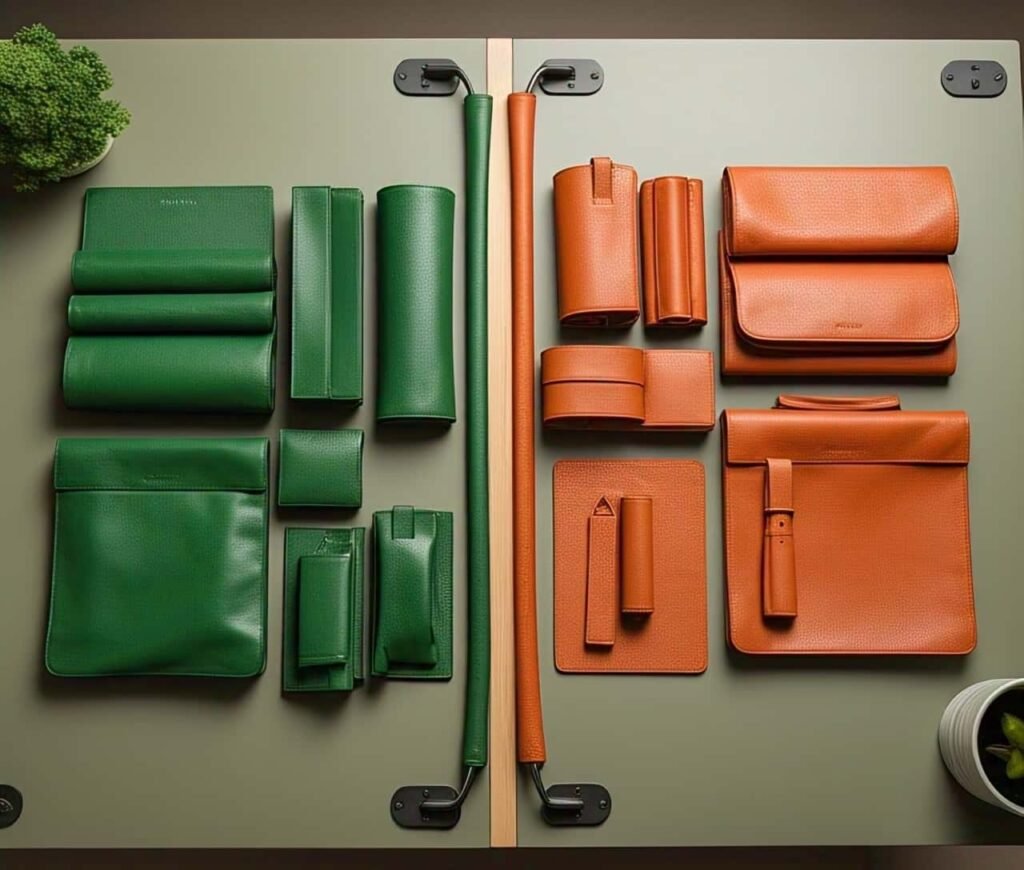
1. Faux Leather – More Pollution, Less Sustainability
- It is made of plastic and chemicals, which are enemies of nature.
- It is non-biodegradable, meaning if you make it fake after using it, it will remain as waste for thousands of years.
- Recycling is difficult, because it is costly and tough to properly recycle PU and PVC leather.
- The production process also causes pollution, as chemicals and synthetic materials are used.
- It is cheap, but the sustainability scene is poor!
2. Vegan Leather – Nature’s Friend, Future’s King!
Made from natural and plant-based materials, like pineapple leaves, mushroom, apple peels, cork, etc.
- It is biodegradable or recyclable, so it puts less pressure on nature.
- Less chemicals are used in the production process, so there is less pollution.
- It is very long-lasting, so it does not need to be replaced again and again.
- It is a bit expensive, but is the best in terms of environment and sustainability!
Which is More Better?
If you look at the sustainability, then vegan leather is absolutely future-ready! It is eco-friendly, recyclable, and reduces pollution. Faux leather is cheap, but destroys nature! So if you want a nature-friendly choice, then vegan leather is the best!
Advantages and Disadvantages of Faux Leather
Now, let’s see the complete advantages and disadvantages of faux leather. Let’s understand it in depth!
Pros of Faux Leather:
- Cheap and Affordable – As compared to real leather, vegan leather is absolutely pocket-friendly! If the budget is a little tight, then faux leather is the best!
- Look and feel like real leather – The person looking from the door will think that it is real leather, but actually it is a miracle of plastic!
- Water resistant – No worries if it gets a little water on it, unlike real leather it does not get spoilt by water.
- Maintenance is easy – Real leather needs special care, but you can clean faux leather by just wiping it!
- Animal cruelty-free – Animal does not lose its life in this, meaning it is absolutely cruelty-free option!
Cons of faux leather:
- Durability is less – It gets fat faster than real leather, there is problem of cracks and peeling.
- It is plastic-based, pollution increases – Plastic and chemicals are used, which is the enemy of nature!
- Breathability is low – Real leather allows airflow, but faux leather can be sticky and suffocating.
- Non-Biodegradable – It cannot be recycled, and if it is fake, it will remain waste for thousands of years!
Advantages and Disadvantages of Vegan Leather
Now let’s see the scene of vegan leather! It is the king of sustainability and future, but it also has its own scene!
Pros of Vegan Leather:
- Is completely Eco-Friendly! – It is made from plant-based or recycled material, so it does not cause pollution!
- Biodegradable or Recyclable – Most vegan leathers are made from natural materials, so there is less waste!
- Cruelty-Free and Ethical – There is no harm to animals, it is a guilt-free choice!
- Durability is good – There is more scope of use than faux leather, and the high-quality ones are long-lasting!
- Stylish and Modern Look – It looks premium and classy in terms of design and feel!
Cons of Vegan Leather:
- It is a bit expensive – It costs more than faux leather, because it is made using sustainable methods!
- Not all types are waterproof – Not every vegan leather material can protect itself from water, so it has to be taken care of.
- The texture of all is not like real leather – Some materials do not give a leather feel, like cork leather or apple leather.
- Low availability in the market – Brother, it is not very famous yet, so you will not find it everywhere!
Popular Brands That Make Faux Leather and Vegan Leather
Top Brands of Faux Leather:
- H&M – Budget-friendly and stylish faux leather items.
- Forever 21 – Extremely trendy and modern designs.
- Zara – Premium quality faux leather jackets and accessories.
- Fossil – Stylish faux leather wallets and bags.
Top Brands of Vegan Leather:
- Stella McCartney – High-end and premium vegan leather products.
- Matt & Nat – Ethical and sustainable vegan leather bags.
- Veerah – Stylish and eco-friendly vegan leather shoes.
- Piñatex – high-quality items made from pineapple leather.
Frequently Asked Questions
1. Are faux leather and vegan leather the same?
No, faux leather is plastic-based, which is made from PU or PVC and is harmful to nature. Vegan leather is plant-based or made from recycled materials, which is eco-friendly and biodegradable. Both are cruelty-free, but vegan leather is more sustainable.
2. Does vegan leather look like real leather?
Yes, high-quality vegan leather looks like the brother of real leather! Specially mushroom, apple or cactus leather feels exactly like original leather. But cork or pineapple leather looks a little different. Today’s technology is making vegan leather more realistic!
3. Is faux leather durable? Does it wear out quickly?
Faux leather is not very durable. Its layers start peeling off in 2-3 years and cracks also appear. It gets damaged faster in humid or hot places. Real leather can last for 10-15 years, but if faux leather can survive for 5-6 years, it is a big thing!
4. Is vegan leather waterproof?
Not all vegan leathers are waterproof. Some materials like PU-coated vegan leather or cactus leather are water-resistant, but apple or mushroom leather needs to be protected from water. If you want a water-proof version, it is best to get coated or treated vegan leather.
5. Is vegan leather expensive?
Faux leather is expensive because eco-friendly materials and advanced technology are used. Premium vegan leather like Piñatex, Desserto and Mylo are more expensive, but are long-term durable and nature-friendly. It can be cheaper than real leather.
6. Which is the best option – faux leather or vegan leather?
If the budget is tight then faux leather is fine, but there will be pollution and durability issues. If you want long-lasting, eco-friendly and premium quality, then vegan leather is the best. The demand for vegan leather is going to increase in the future, so this will be the best investment!
Conclusion
Now the thing has reached the final decision! By now you must have understood that both faux leather and vegan leather is different.
If you want a budget-friendly and easily available option, then faux leather is a good short-term option. It looks stylish, is cheap, and is also easy to maintain. But its biggest issue is that it is plastic-based, which is the enemy of the environment. It cracks quickly and cannot be recycled. Meaning, if you are looking for a long-term and eco-friendly option, this is not the best.
On the other hand, vegan leather is the king of the future! It is sustainable, reduces pollution, and is also cruelty-free. Now its cost is a little more, but it is more durable and is good for nature. Technology in the future
